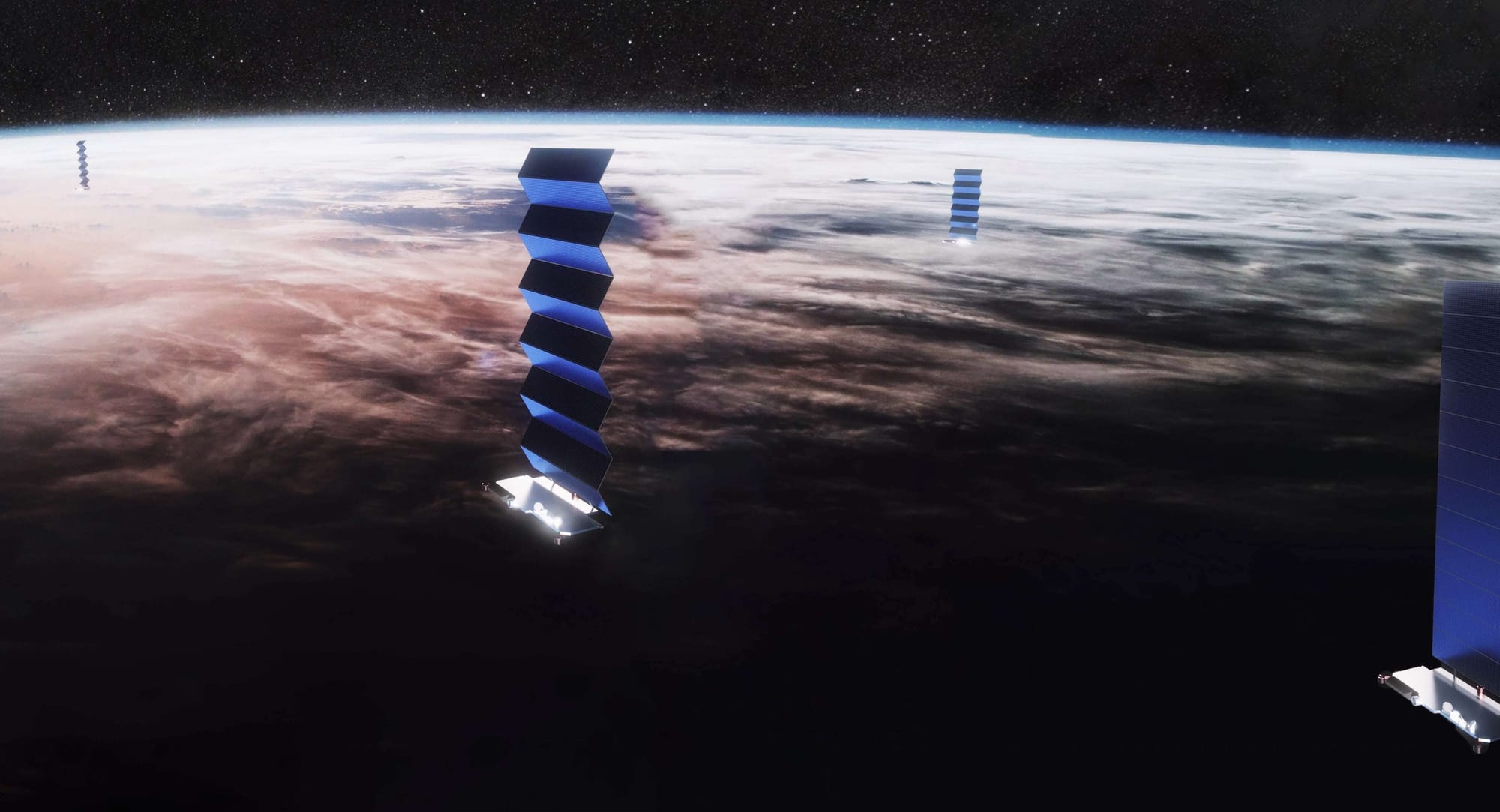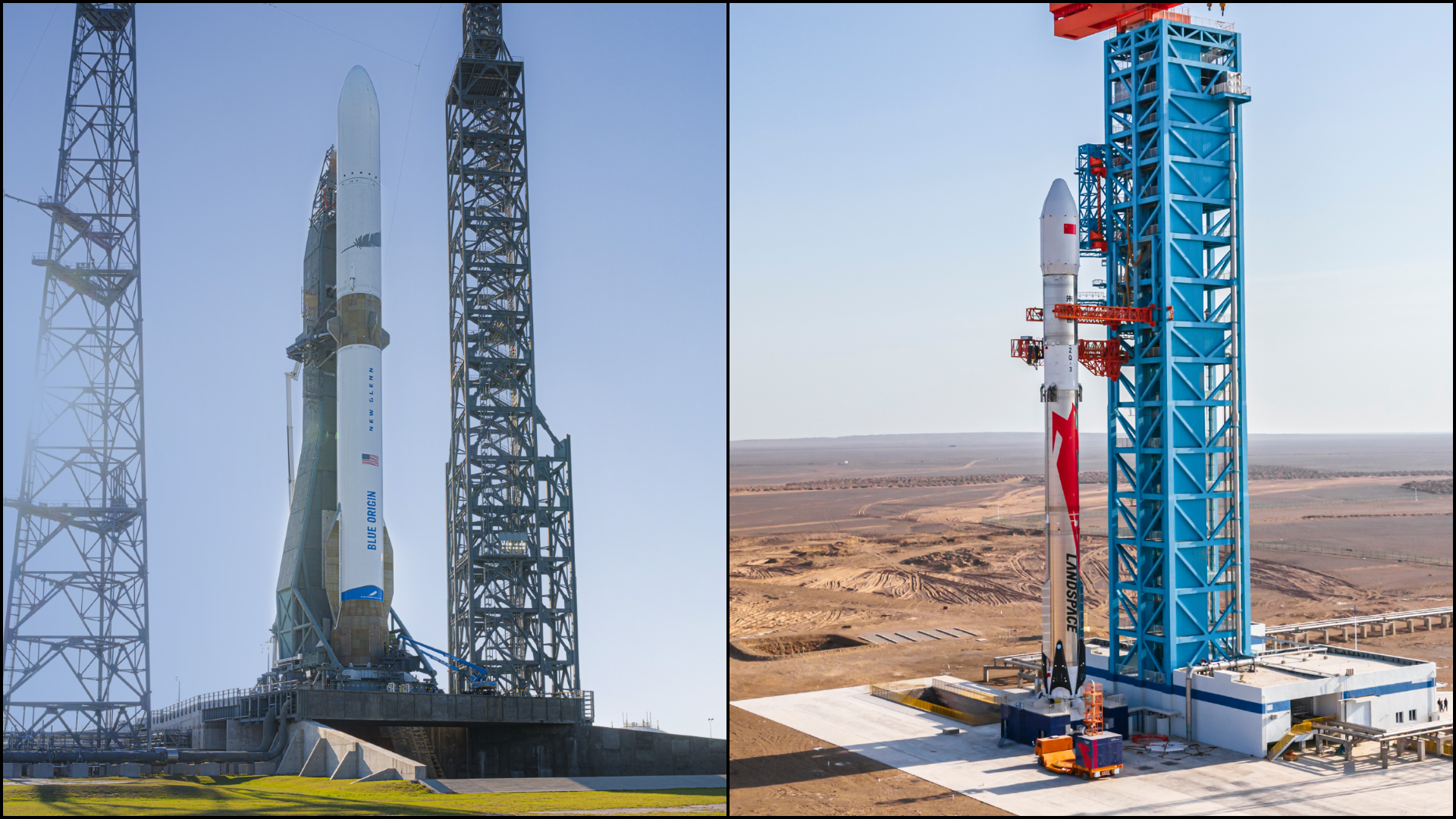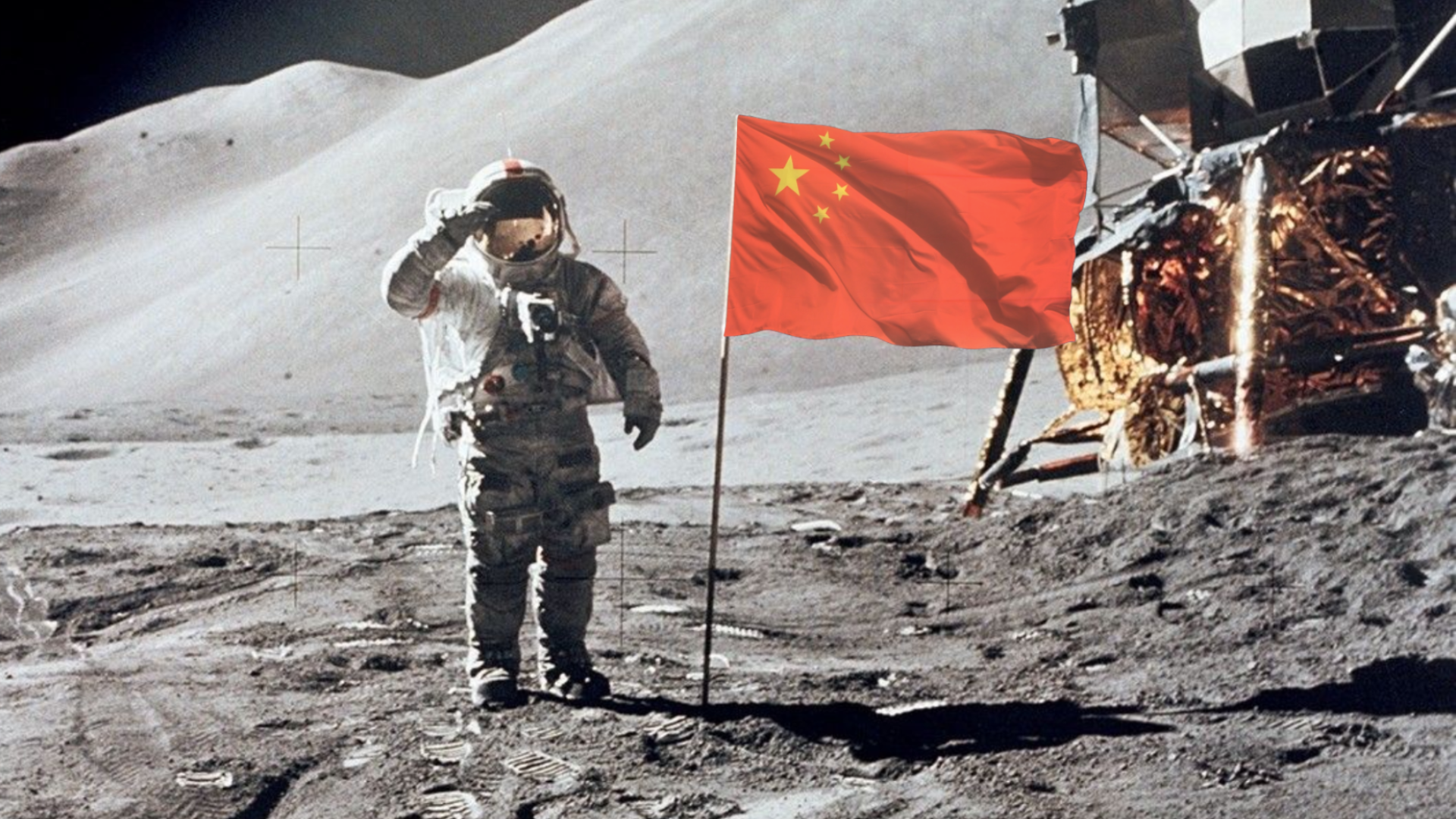Table of Contents
SpaceX's Starlink mega-constellation is currently the premier choice for space-based internet, with the constellation boasting well over 7,000 satellites launched since 2019. However, in recent years China has been aiming to challenge Starlinks dominance, with not one, not two, but five mega-constellations, all aimed at providing space-based connectivity. So far 145 satellites have been launched since 2018, with a major increase last year, bringing four out of the five constellations into orbit.
Why deploy these constellations?
Connectivity is a major reason for launching the various constellations. A network of a few hundred satellites in low Earth orbit can provide high throughput connections for internet browsing and communications. Costs are also lower compared to launching a single equivalent geostationary orbit satellite due to the mass manufacturing of various components. Risk around launch is also lower as networks of satellites need multiple launches, compared to just one.
Revenues for operating space-based connectivity constellations can also be massive a few years into operation. Starlink is believed to have over 4.6 million subscribers and a revenue of around 8.2 billion dollars in 2024, both near double figures from the year before. SpaceX has not stated how much it invested into Starlink but the company turned a substantial profit just four years after Starlink's first launches, following two years of losses.
Launching satellite constellations consisting of hundreds or thousands of satellites requires countless launches. SpaceX is utilizing Starlink launches to currently grow Falcon 9's launch cadence and expects to do the same with Starship in a few years. In turn, this lowers costs, demonstrates the reliability of both vehicles, and proves partial reuse for Falcon 9 as well as full reuse for Starship.
Similarly, China is aiming to foster a launch market of various reusable launch vehicles with around a dozen companies seeking contracts to launch the state-backed constellations. Few details have been shared about contracts around China's constellations, based on the size of planned satellite batches and launch providers' understanding they could be similar to an indefinite-quantity indefinite-delivery contract. Each of China's constellations is also expected to be completed around 2030.
Additionally, satellite connectivity constellations may play a part for in-development or unrealized emerging technologies. One emerging technology is 6G telecommunications which will boast high-speed connectivity. Another technology is autonomous air and ground vehicles operating within cities and major cargo hubs, which need low-latency connections to a control facility.
Who to choose?
With China launching its own mega-constellations in direct competition with Starlink, nations will soon be able to choose services from either of the world's superpowers.
Starlink has been available to customers since 2021 across almost one hundred nations and regions. However, there is the drawback of Elon Musk, SpaceX's Chief Executive Officer, being a strong supporter of President Donald Trump and other far-right politicians worldwide. A few months ago these problems caused Starlink to be cut off in Brazil and more recently the tearing up of an agreement with Ontario, a province of Canada. SpaceX has also aligned itself with U.S. allies regarding its use in Palestine and Iran.
China's constellations are yet to provide services to a large number of individual consumers but recent tests have been successful, along with preemptively expanding market access. Critically for the adoption of China's mega-constellations, the country has a tool the U.S. doesn't, the Five Principles of Peaceful Coexistence, one of which is non-interference in internal affairs. Blaine Curcio, Founder of Orbital Gateway Consulting, explains this as China's constellation operators willingly complying with local regulations, specifically regarding online censorship.
So, who do you choose? If your country is a U.S. ally the choice is easily Starlink due to it already being available and owned by your ally, but if you're a developing nation with bouts of instability China's networks look like a much more tempting option.






